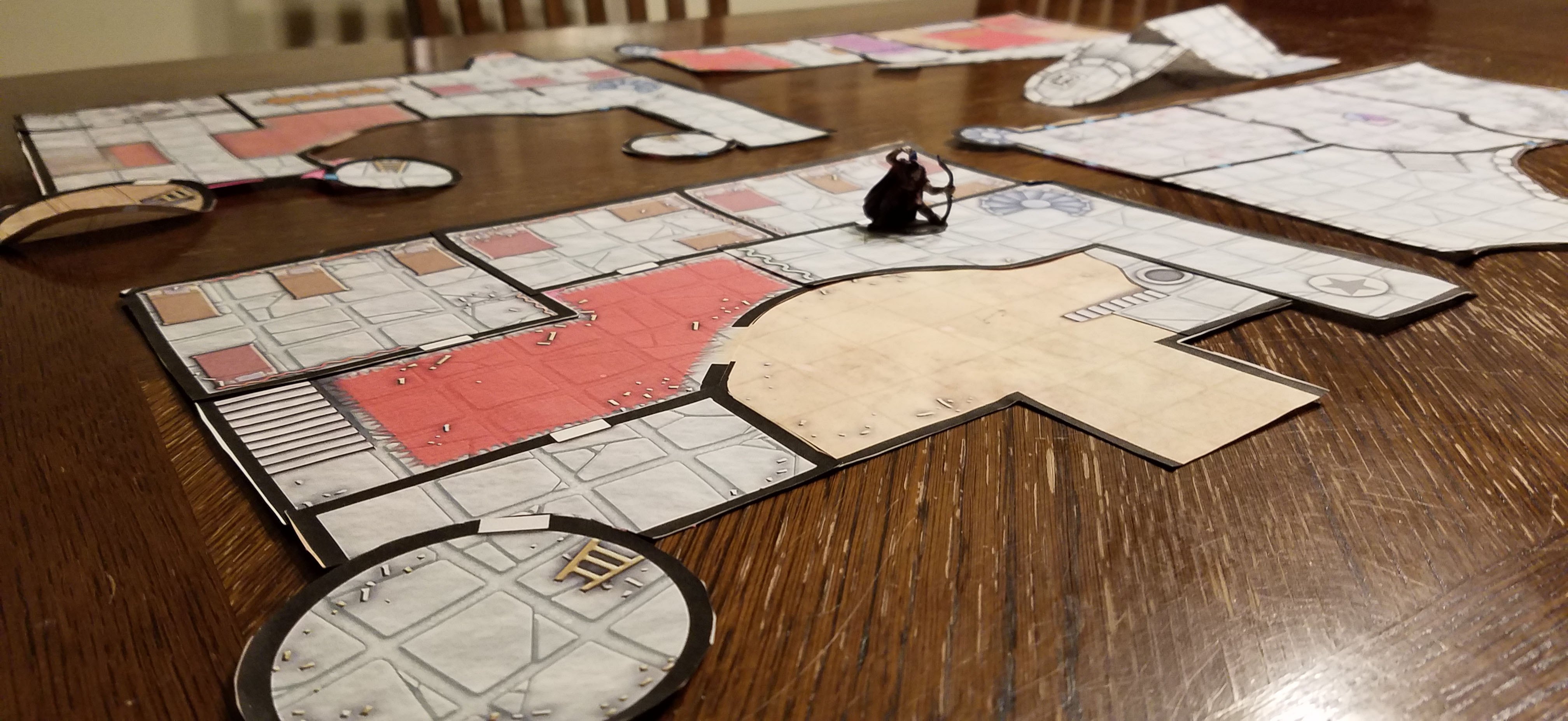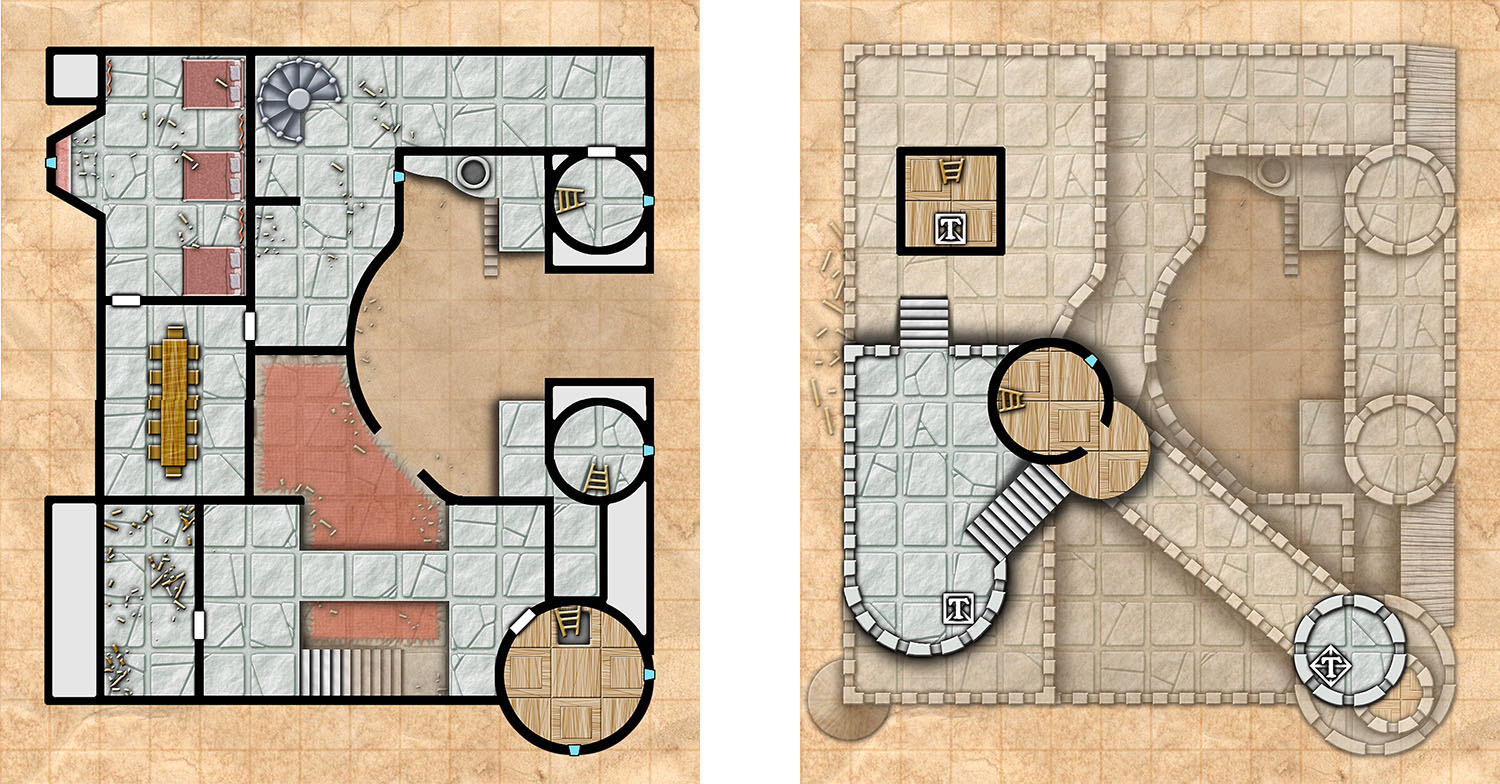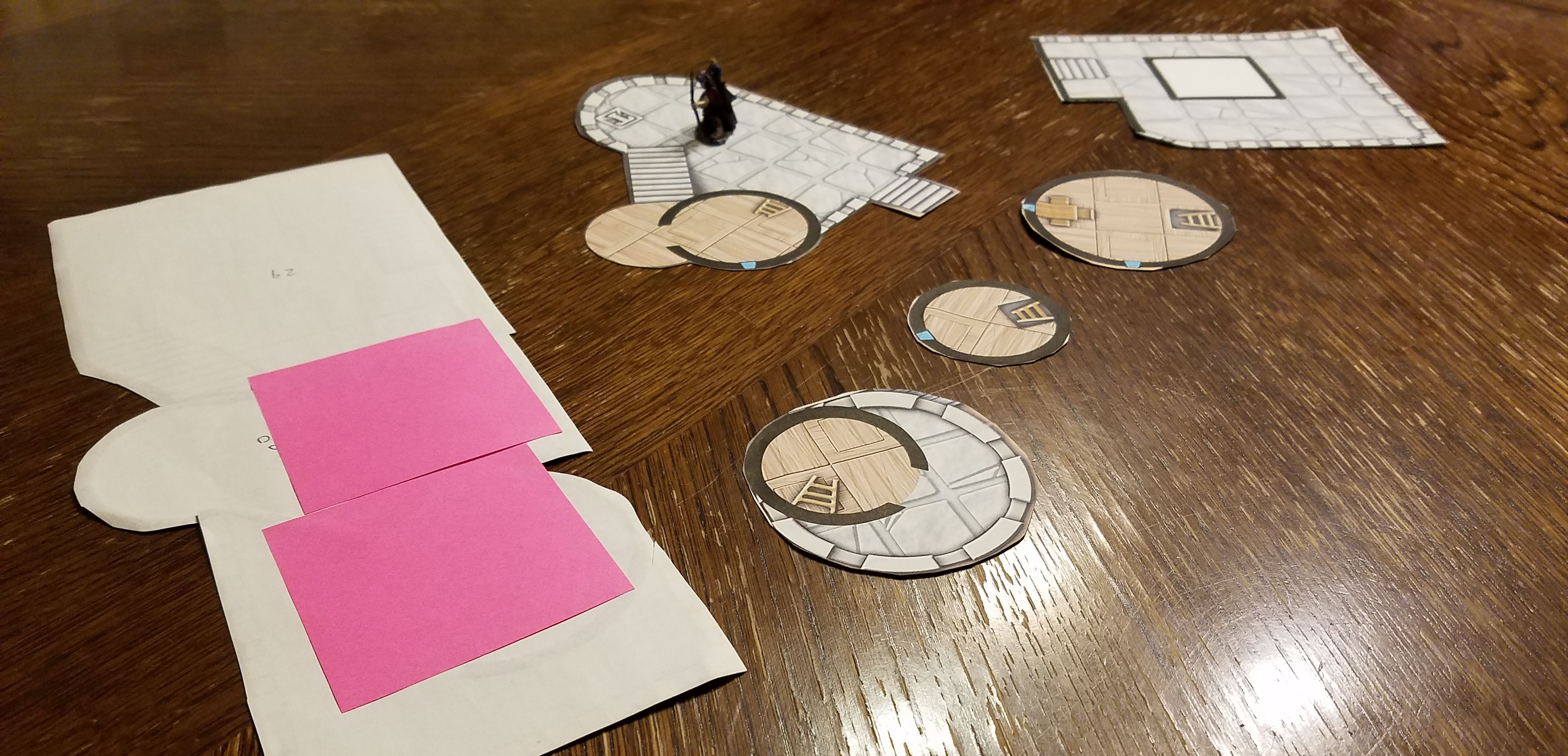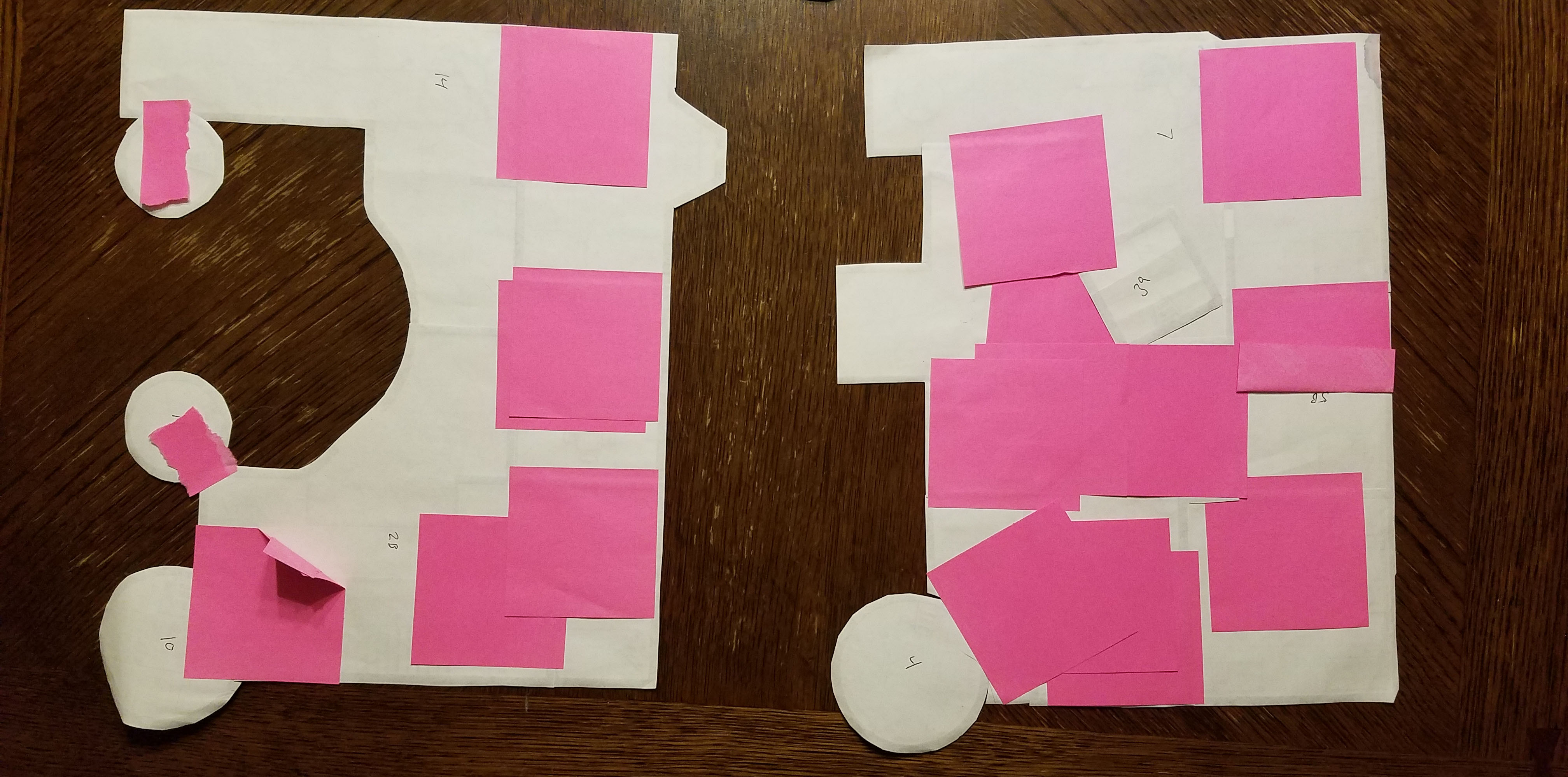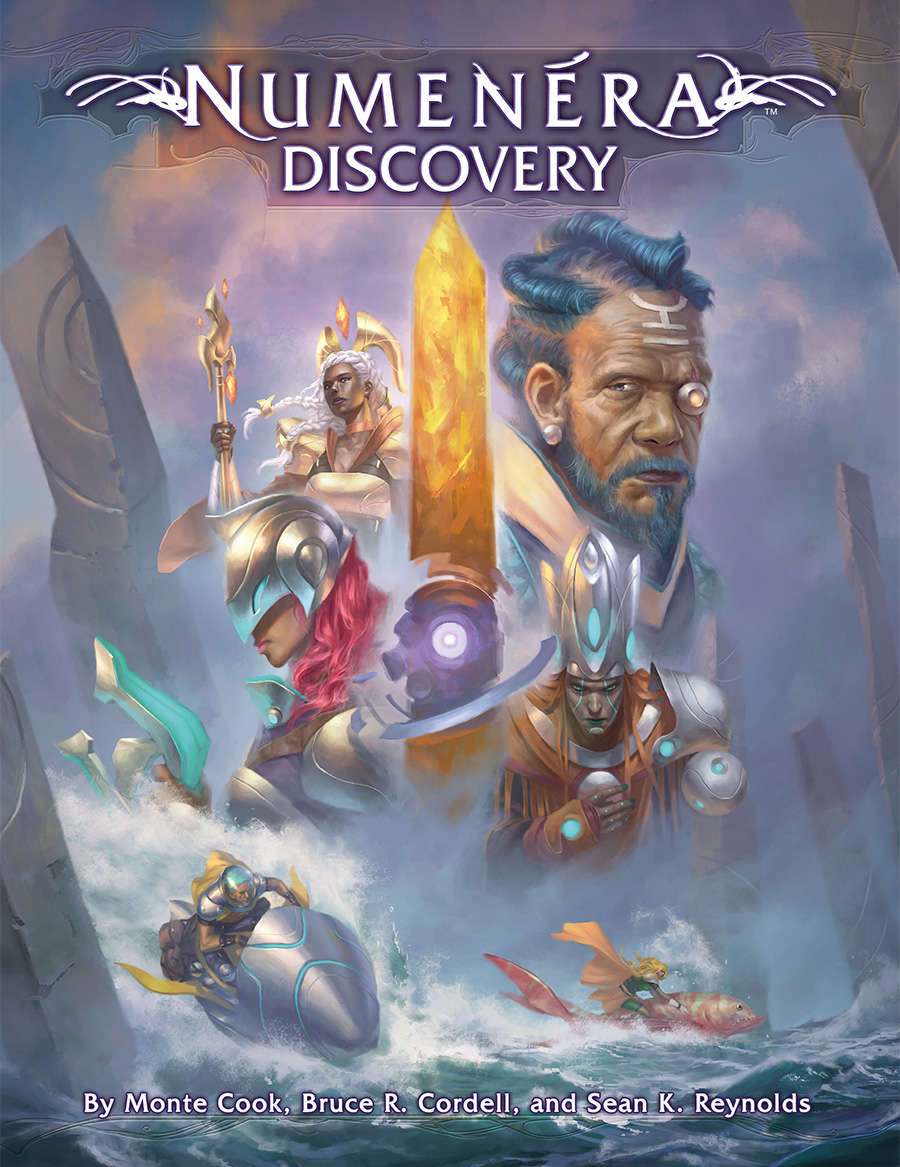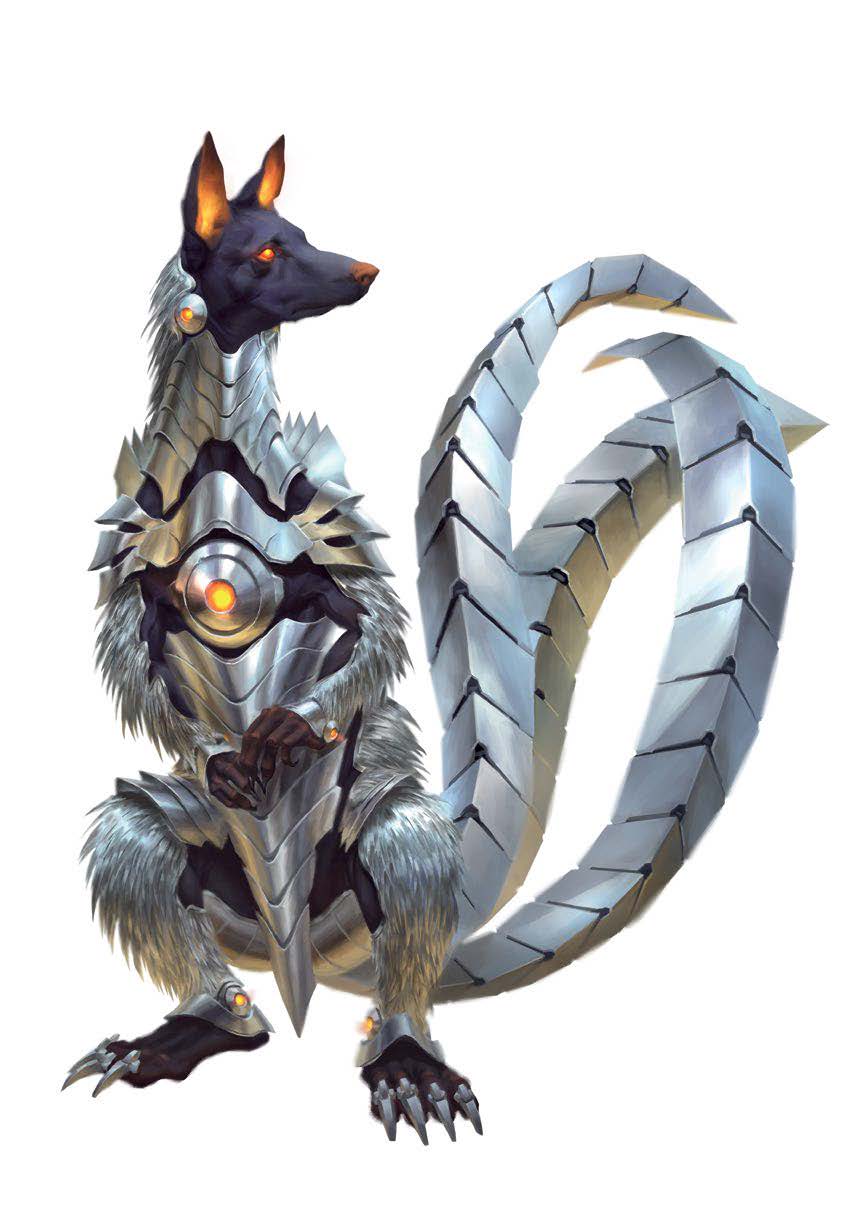
No.
Bad GM.
No cookie.
Okay, we’ve been talking about things GM’s shouldn’t do for awhile now. So let’s talk about the elephant in the room: Fudging.
The most common form of fudging, and that from which the technique takes its name, is changing the outcome of a die roll: You fudge the result. If the die roll is done in secret, then you can just ignore it. If it’s done in the open, then you can invert the result by tweaking the modifiers involved. More advanced fudging methods can include stuff like adding extra hit points to a monster’s total in order to keep them alive.
But, regardless of the specifics, fudging is when a mechanical resolution tells you one thing and the GM chooses to ignore the rules and declare a different outcome.
JUSTIFICATIONS FOR FUDGING
Okay, let’s talk about the reasons GMs do this. All of these, of course, ultimately boil down to the GM not liking something that the resolution mechanics are telling them. The question is why the GM is unhappy with it.
#1 – Railroading. This one is pretty straightforward: Railroading happens when the GM negates a player’s choice in order to enforce a preconceived outcome. Enforcing failure (so that the PC can’t do what the player wants) is a really common way of railroading the game, and fudging is a really easy way to enforce failure.
See The Railroading Manifesto for a lengthy discussion of this topic and all the reasons why railroading is terrible and you should never do it.
#2 – To prevent a player character’s death. Or, in some cases, GMs will only fudge if it’s to prevent a total party kill — the death of ALL player characters. TPKs tend to kill campaigns (at least those not built around open tables), and lots of people would prefer to fudge the outcome of a fight (particularly if they feel that it’s just due to “bad luck” or whatever).
See The TPK Gamble for a specific discussion of this.
#3 – To make the story “better.” The most infamous version of this is, “But they can’t kill the Big Bad Guy now! He’s supposed to survive to Act III!”
I say infamous for good reason here: Players hate this shit with the fiery passion of a thousand burning suns. And you basically can’t throw a stone in RPG circles without hitting someone who has a story about the time their GM pissed them off by doing it. Check out The Principles of RPG Villainy for a better alternative.
#4 – To correct a mistake you’ve made. Maybe you’ve been screwing up a mechanic for the whole fight and it’s made things much harder for the PCs than it should have been. Or you accidentally doubled the number of guards when the fight started. Or, going even further back, maybe you just screwed up the encounter design and something that should have been easy for the PCs is actually incredibly difficult. So you fudge something to bring it back in line with what it was supposed to be or should have been.
This is actually pretty understandable, and I discuss the difference between openly retconning a mistake and silently retconning a mistake in Whoops, Forgot the Wolf. But you can easily find yourself slipping from “fixing a screw-up” to “enforcing a preconceived outcome” here and end up back in railroading. So use caution.
DON’T FUDGE
In the end, all fudging is the GM overriding a mechanical outcome and creating a different outcome which they believe to be preferable (for whatever reason).
Over the thirty years I’ve been doing this, however, I’ve learned that many of the most memorable experiences at the table are the result of the dice taking you places that you never could have anticipated going. Fudging kills those experiences.
But what if the mechanical outcome really is terrible and would make both you and your players miserable?
If you and/or your players truly can’t live with the outcome of a dice roll, then you made a mistake by rolling the dice in the first place. You need to focus on fixing that problem.
This applies beyond individual dice rolls, too. If you don’t want the PCs to die, for example, why are you framing scenes in which death is what’s at stake? (This is a rhetorical question: GMs do this because D&D teaches them to (a) frame lots of combat scenes and (b) make the default stakes of any combat scene death.)
The Art of Pacing talks about the scene’s agenda being the question which the scene is designed to answer. (For example, “Can Donna convince Danny to go into rehab?”) If the question is, “Will the PCs die?” and the answer is always, “Absolutely not.” then the scene is drained of meaning and becomes a boring exercise.
This is why, when the players figure out that the GM is fudging (and they will), it deflates tension and robs them of a legitimate sense of accomplishment. What was once meaningful is suddenly revealed to be meaningless. And this is the biggest problem with fudging: It may fix an immediate problem, but it will inflict permanent damage on everything.
In a very real sense, fudging is a betrayal of trust. And once you, as the GM, lose the players’ trust, it becomes virtually impossible to regain it. Fudging ends up tainting everything you do: It removes the real magic of an RPG campaign and turns it into a cheap magic trick. Once the players spot the trick (and, again, they will), the magic vanishes entirely and you’re left with a hollow experience.
Regaining their trust and making them believe in the magic again is really difficult.
TRIAGE AT THE TABLE

Here’s my controversial rule of thumb:
The more you fudge, the shittier you are as a GM – either because you are fudging or because you need to.
If you’re not just fudging to be an asshole and screw over your players, then you’re ultimately fudging in order to fix something that has gone wrong:
- You adjudicated the resolution poorly.
- You designed the scenario badly.
- You screwed something up and need to correct it.
- You’re using a set of rules which creates results you and/or your players aren’t happy with.
And so forth.
This is not to say that you should never fudge. Mistakes happen and we don’t need to live with those mistakes in the pursuit of some unrealistic ideal. But every time you do fudge, you should view that as a failure and try to figure out how you can fix the underlying problem instead of just continuing to suck in perpetuity:
- Don’t roll the dice if you can’t live with the outcome. (And, ideally, learn how to still create meaningful stakes instead of just skipping the resolution entirely.)
- Figure out how to design robust scenarios that don’t break while you’re running them.
- Create house rules to permanently fix mechanics that are creating undesired results. Or, if the system is completely out of line with what you and your players want, swap to a different system.
And so forth.
Next time you find yourself in a position during the game where you feel it’s necessary to fudge, I want you to do a couple of things.
First, ask yourself: Is it truly necessary to fudge in this moment? Is it necessary to reject the improvisation prompt of the mechanical resolution’s outcome, or can you find a way to work with that outcome to create something interesting and enjoyable? At the stage in the resolution process where you’re narrating outcome, you usually still have a lot of power as the GM. An easy example of this is failing forward: Instead of the PC failing in what they wanted to do, they succeed with a negative twist or consequence.
But also, to a certain extent, just take a moment to second guess yourself: The outcome which you initially think cannot possibly happen, often can happen. It’s just not what you expected or would have done of your own volition. Try to push back that initial moment of rejection and really, truly think about what the outcome would be and whether there’s interesting and cool stuff that lies beyond that outcome.
Second, ask yourself: Can I just be open and honest with my players in this moment? Instead of secretly fudging the outcome, could you just explain to the players that, for example, you screwed up the encounter and things need to be retconned a bit?
And maybe you can’t! There are circumstances where you’re better off plastering over the cracks of your mistake with a cheap magic trick instead of damaging the players’ immediate immersion and engagement with the game world. It’s not ideal, but sometimes that’s the best you can do for right now. You’ll just have to learn from your mistakes and do better next time.
CODA
If you’re still a proponent of fudging, let me ask you a final question: Would you be okay with your players fudging their die rolls and stats and hit point totals?
If not, why not?
If you truly believe that fudging is necessary in order for you to preserve the enjoyment of the entire table, why do you feel you know better than the other people at the table what they would enjoy?
Think about it.

